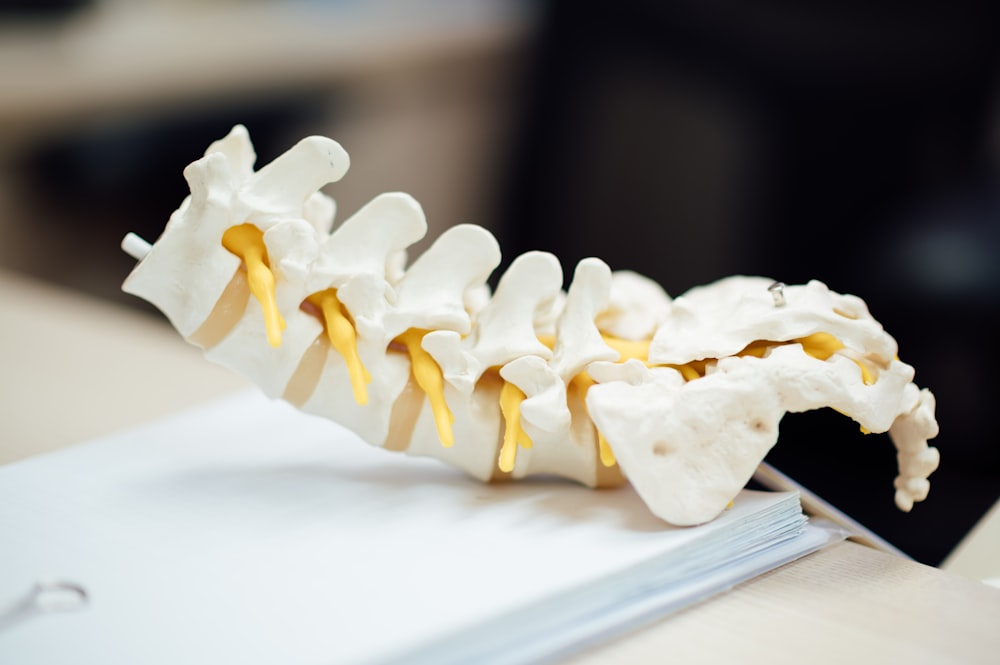If you have lasting back pain and other related symptoms, you know how disruptive to your life it can be. You may be unable to think of little else except finding relief. Some people turn to spinal decompression therapy — either surgical or nonsurgical. Here’s what you need to know to help decide whether it might be right for you.
What Is Non-Surgical Spinal Decompression?
Nonsurgical spinal decompression is a type of motorized traction that may help relieve back pain. Spinal decompression works by gently stretching the spine. That changes the force and position of the spine. This change takes the pressure off the spinal disks, which are gel-like cushions between the bones in your spine, by creating negative pressure in the disc. As a result, bulging or herniated disks may retract, taking pressure off nerves and other structures in your spine. This, in turn, helps promote the movement of water, oxygen, and nutrient-rich fluids into the disks so they can heal.

Doctors have used nonsurgical spinal decompression in an attempt to treat:
- Back or neck pain or sciatica, which is pain, weakness, or tingling that extends down the leg
- Bulging or herniated disks or degenerative disk disease
- Worn spinal joints (called posterior facet syndrome)
- Injured or diseased spinal nerve roots
More research is needed to establish the safety and effectiveness of nonsurgical spinal decompression. To know how effective it really is, researchers need to compare spinal decompression with other alternatives to surgery. These include:
Nonsteroidal anti-inflammatory drugs (NSAIDs)
- Physical therapy
- Exercise
- Limited rest
- Steroid injections
- Bracing
- Chiropractic
- Acupuncture
How Is Non-Surgical Spinal Decompression Done?
You are fully clothed during spinal decompression therapy. The doctor fits you with a harness around your pelvis and another around your trunk. You either lie face down or face up on a computer-controlled table. A doctor operates the computer, customizing treatment to your specific needs.
Treatment may last 30 to 45 minutes and you may require 20 to 28 treatments over five to seven weeks. Before or after therapy, you may have other types of treatment, such as:
- Electrical stimulation (electric current that causes certain muscles to contract)
- Ultrasound (the use of sound waves to generate heat and promote healing)
- Heat or cold therapy
Who Should not Have Non Surgical Spinal Decompression?
Ask your doctor whether or not you are a good candidate for nonsurgical spinal decompression. It is best not to try it if you are pregnant. People with any of these conditions should also not have nonsurgical decompression:
- Fracture
- Tumor
- Abdominal aortic aneurysm
- Advanced osteoporosis
- Metal implants in the spine
What Is Surgical Spinal Decompression?
Surgical spinal decompression is another option for treating certain types of back pain. But it is usually used as a last resort. If other measures don’t work, your doctor may suggest surgical decompression for bulging or ruptured disks, bony growths, or other spinal problems. Surgery may help relieve symptoms from pressure on the cord or nerves, including:
- Pain
- Numbness
- Tingling
- Weakness

Are There Different Types of Decompression Surgery?
Your doctor may suggest one or more types of back surgeries to relieve the pressure in your spine. In addition, you may need fusion to stabilize your spine. The following are the more common types of back surgery:
Diskectomy: In this procedure, a portion of the disk is removed to relieve pressure on nerves.
Laminotomy or laminectomy: A surgeon removes a small portion of bone — a section of a bony arch or the entire bony arch — to increase the size of the canal and relieve pressure.
Foraminotomy or foraminotomy: A surgeon removes bone and other tissue to expand the openings for nerve roots.
Osteophyte removal: During the surgery, bony growths are removed.
Corpectomy: This procedure involves removing a vertebral body along with disks between the vertebrae.
We’re here to help you reclaim your life. We are dedicated to the wellness of our clients.

